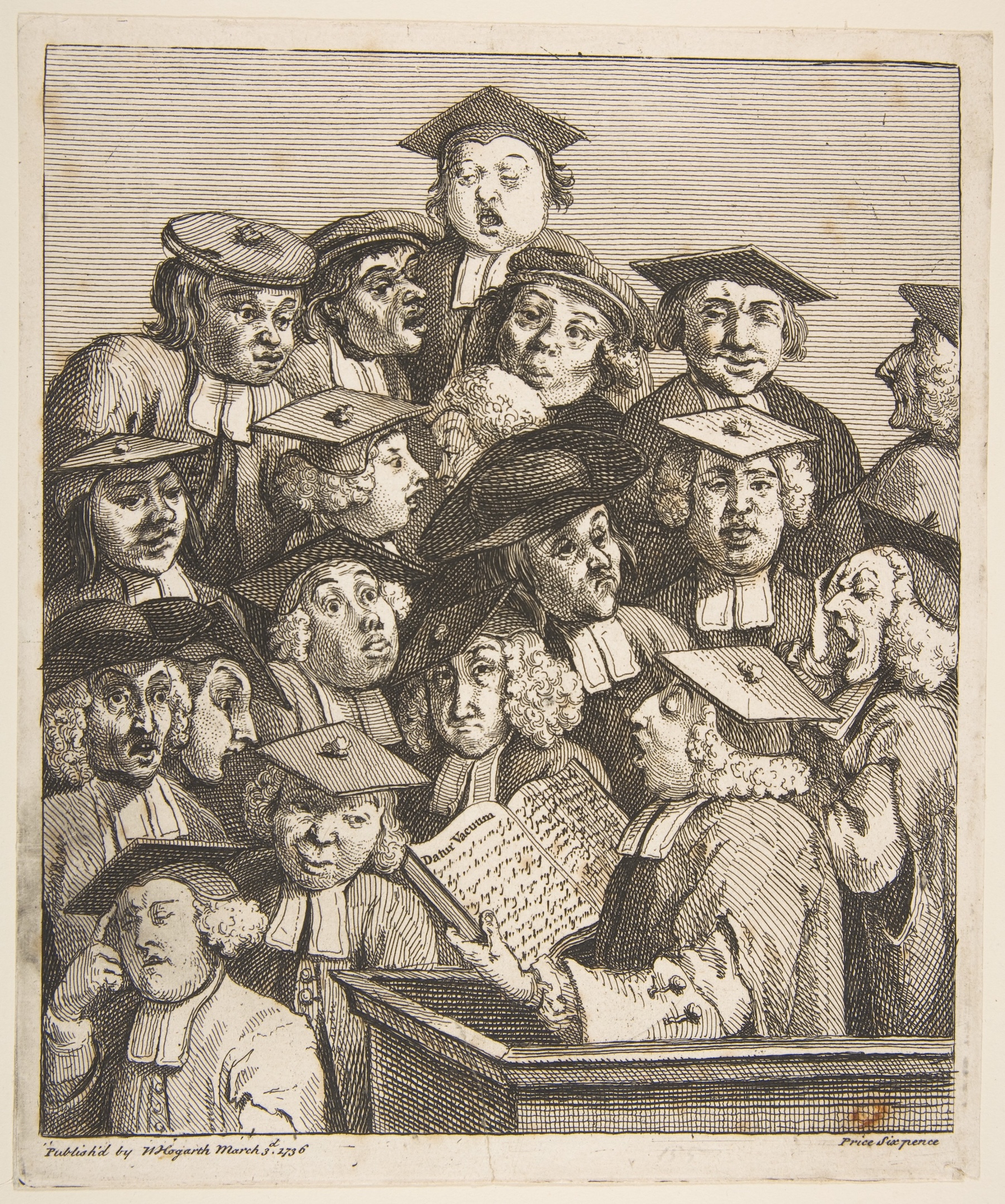Students Present at 2020 Georgia Undergraduate Art History Forum

http://www.metmuseum.org/art/collection/search/392598
Two undergraduate students from the Lamar Dodd School of Art recently presented papers at the 2020 Georgia Undergraduate Art History Forum hosted by the University of West Georgia Department of Art.
Julia Mun and Hannah Wetzel presented their work via video during the virtual conference. Each of the presentations were made available for asynchronous viewing through the weekend of June 5-7, 2020. Viewers were encouraged to engage in scholarly discussion by leaving questions and feedback in the comments section on each video. Participants brought diverse topics, methodologies, and presentation modes to the conference. Each of them demonstrated the excellent quality of undergraduate research in art history happening across Georgia’s institutions of higher education. The Forum’s hope is that this opportunity to reflect on artists’ engagement with social change and upheaval in earlier eras will provide perspective on our current moment.
Learn more about the students’ work below.
Sanctified Experiences: The Creation of Sorolla’s Saint in Prayer
Julia H. Mun, University of Georgia
Watch Mun’s presentation here.
After receiving harsh criticism of his painting The Burial of Christ (1887), the Spanish artist Joaquín Sorolla y Bastida (1863-1923) became disillusioned. Following the advice of a friend, Sorolla moved to Assisi in 1888 with his newlywed wife Clotilde in hopes of finding a way forward in his career. His experimentations included Saint in Prayer (1888-1889), which was not typical of his oeuvre because of the unconventional geometric patterns and architectural motifs of the backdrop. An unidentified saint is depicted in strict profile with a book and flowers in her lap, perhaps in deep meditation or prayer, but her identity or location cannot be ascertained. Yet, by keeping the painting in his possession, and representing it in the background of a later portrait titled Señora Sorolla en negro (1906), Sorolla seems to have associated it with Clotilde. Furthermore, he included religious imagery derived from the Assisi environment, such as the floral and faunal motifs on the portals of the Cathedral of San Rufino, that potentially refers to their time together in Assisi. In Clotilde’s 1908 letter to Sorolla, she reminisced about their past experiences in Assisi and how she longed to do “something with that life” again. This paper investigates the contextual framework of Sorolla’s residency in Assisi and his relationship to Clotilde to elucidate the unusual compositional choices in Saint in Prayer. Through the image of the saint as a representation of devout prayer and meditation, Sorolla seems to have visually sanctified his personal experiences of Assisi with Clotilde.
Julia also presented a version of this paper at the CURO symposium in April.
“‘With their wide eyes and averted looks…’ : Obstruction of the Female Gaze in Hans Bellmer’s Dolls”
Hannah Joy Wetzel, University of Georgia
Watch Wetzel’s presentation here.
Hans Bellmer’s Die Puppe (The Doll) photographic series is perhaps one of the most bizarre works to come out of the surrealist group in the early-to-mid twentieth century. Of every peculiar aspect of the photographs, perhaps the most striking is Bellmer’s treatment of vision. Bellmer always poses his dolls, which he disassembles and reassembles into various unnatural shape, so they face away from his camera. Sometimes, he removes their eyes altogether. Bellmer himself wrote extensively about his doll, which was also featured in the surrealist magazine Minotaure. Many of the themes his doll project addresses correspond with theoretical and fictional writings of André Breton, along with many of the theories of Sigmund Freud, whom the surrealist group largely praised as a champion of the human mind. In fact, many surrealists examined female gaze in their work, but scholarship has failed to explore this in great depth. I will be examining these important surrealist texts, along with contemporary publications by scholars such as Sue Taylor, who performed a biographical examination of Bellmer’s oeuvre; and Hal Foster and Marie-Thérèse Killiam, who individually analyzed attraction and violence in surrealist artists and writers. Here, I will examine these sources to show that Bellmer, like many of his contemporaries, unable to fully understand and take control of female bodies, compensated for his confusion by obstructing or removing the vision of the dolls in his artwork, thereby preventing them from seeing and taking ownership over their surroundings. I believe these conclusions may be applied to many of Bellmer’s fellow surrealists and help scholars better understand what it meant for the surrealists to see.





